Q: What does “All Risks” actually cover?
A: If you imagine All Risks as a pie, your policy starts with a whole pie and then takes out wedges of that pie.
- First, the insurance company will exclude coverage for anything for which they would want additional premium (e.g. sewer back-up). These coverages can generally be bought back.
- The next wedge removed will be for coverage on anything that is more properly insured on a separate policy (e.g. your car, which should be on an auto policy).
- Finally, the policy will exclude anything that is considered uninsurable. An example of this would be ‘Intentional Acts’.
Q: How does the co-insurance clause on my policy work?
A: This clause is on the policy to encourage people to carry high enough limits on their policy to adequately reflect the value of the property insured. This clause applies a penalty for under-insurance by reducing any claim settlement in proportion to the amount of under-insurance. It does build in a margin for error: A 90% co-insurance clause allows a 10% margin while an 80% co-insurance clause allows a 20% margin. The insurance company doesn’t usually calculate the actual replacement value of your property until the time of loss.
Q: Why do we need to buy Non-Owned auto coverage?
A: A company can be held liable for injuries sustained in a car accident involving a vehicle that is being operated for `the benefit of the company` but is not owned or leased by the company. Employees often use either their own vehicle or a hired or rented vehicle on company business. If the employee has an accident where someone sustains serious injuries, it is possible the victim could exhaust the benefits provided by their own auto policy and seek compensation elsewhere.




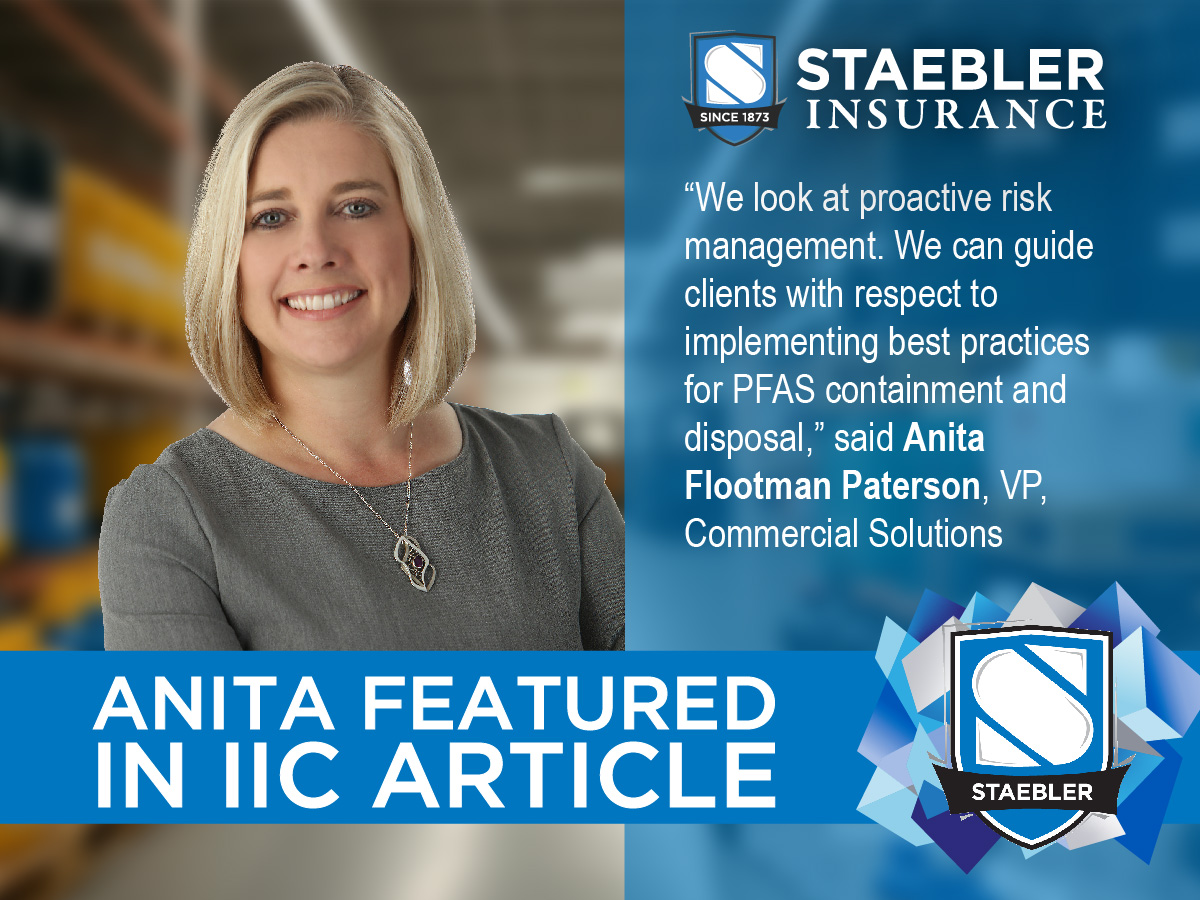
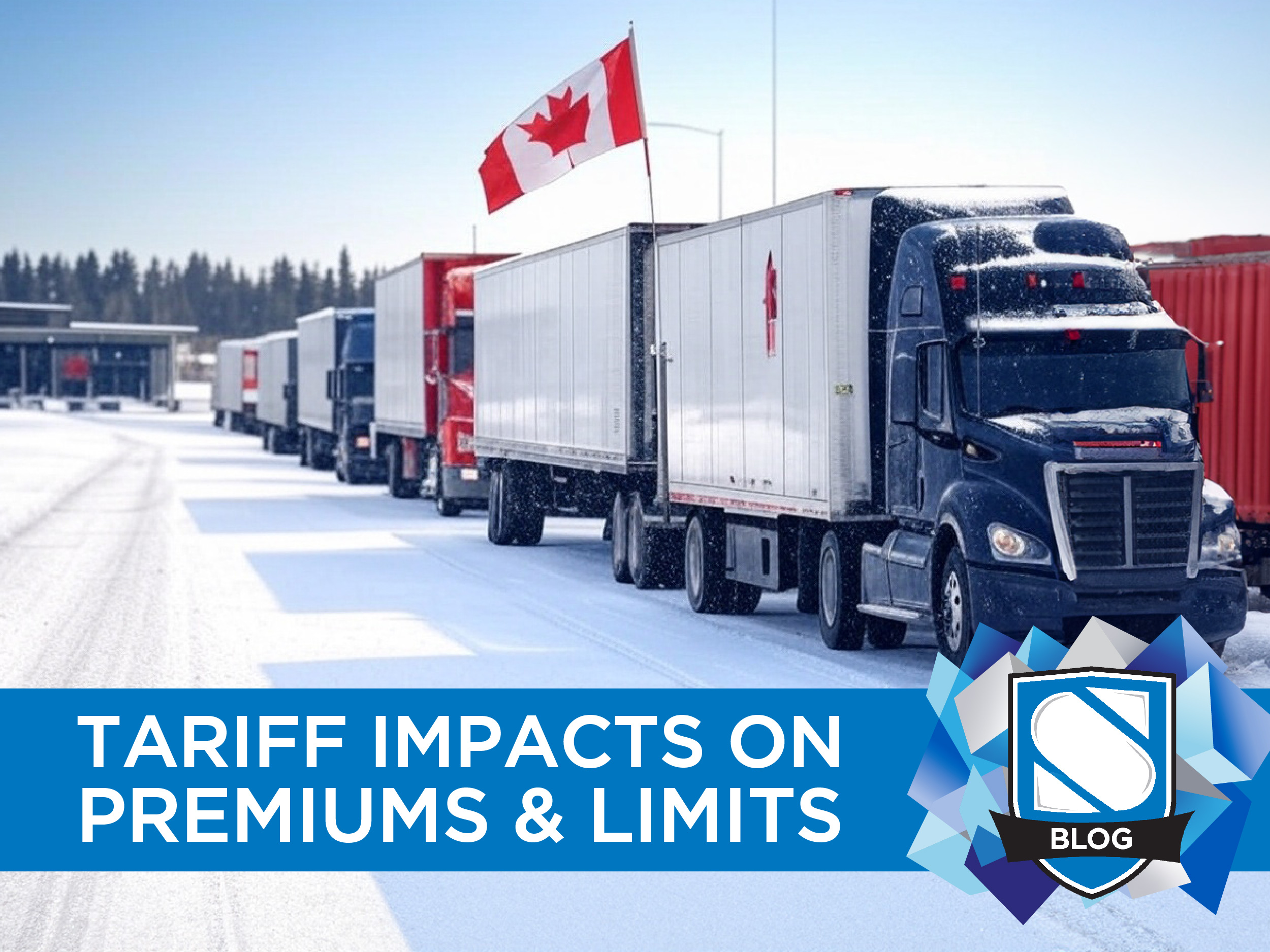

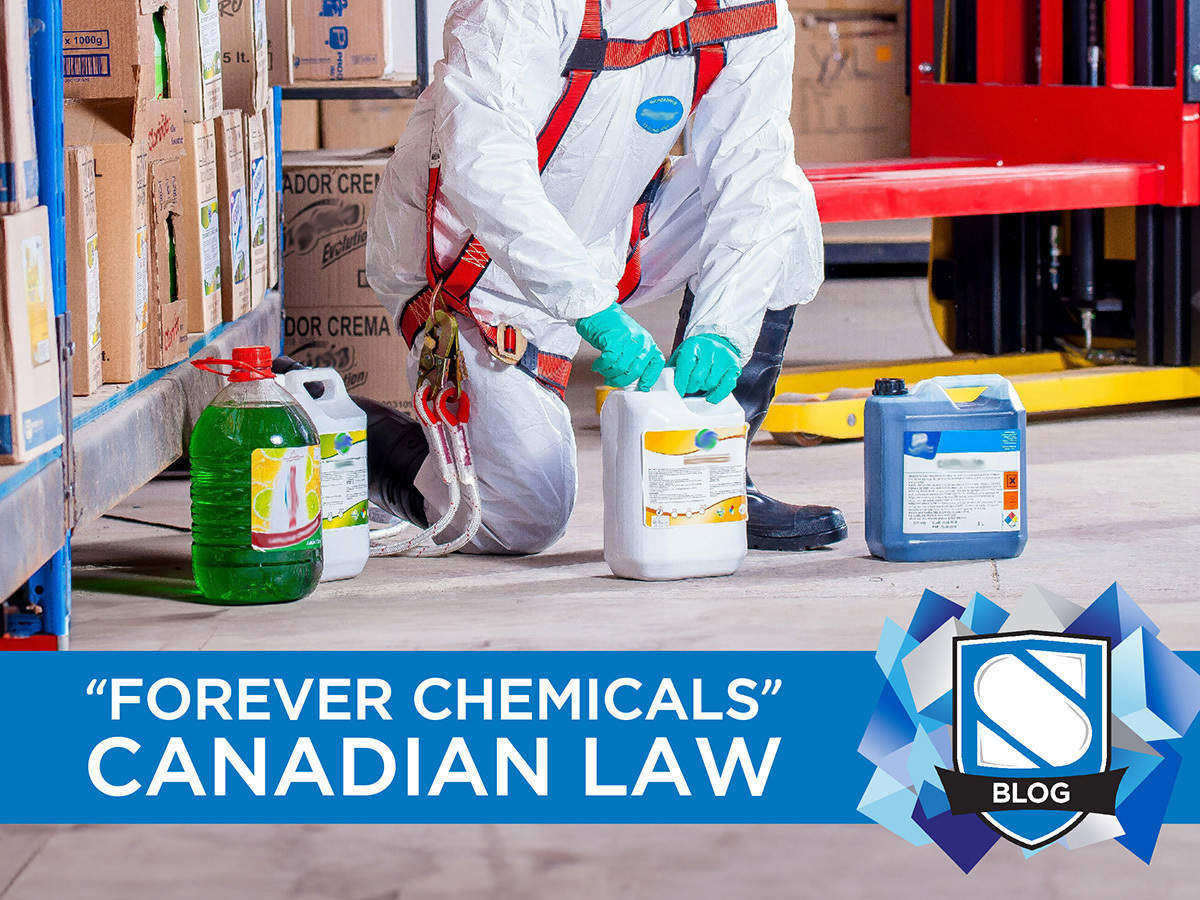

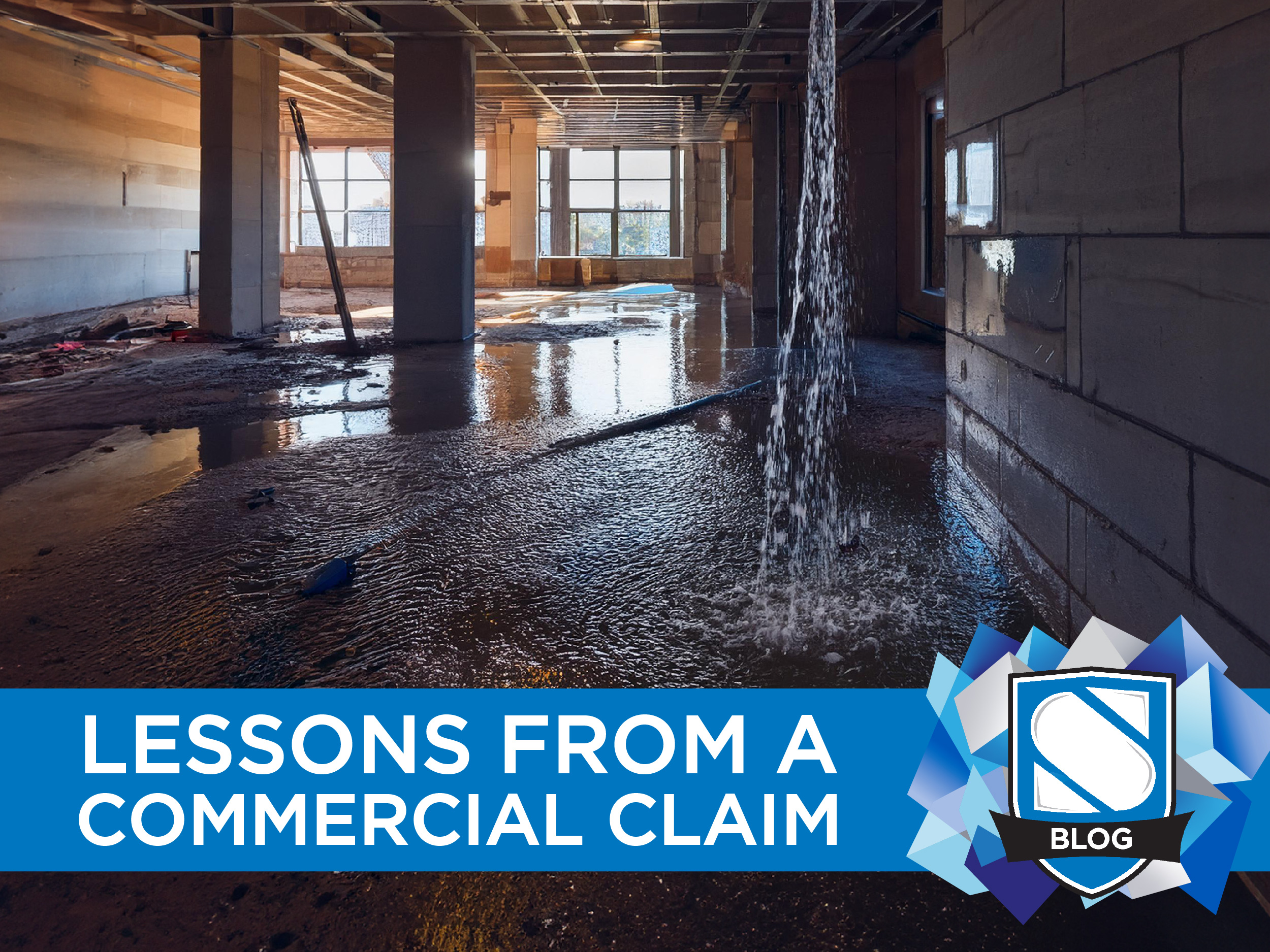
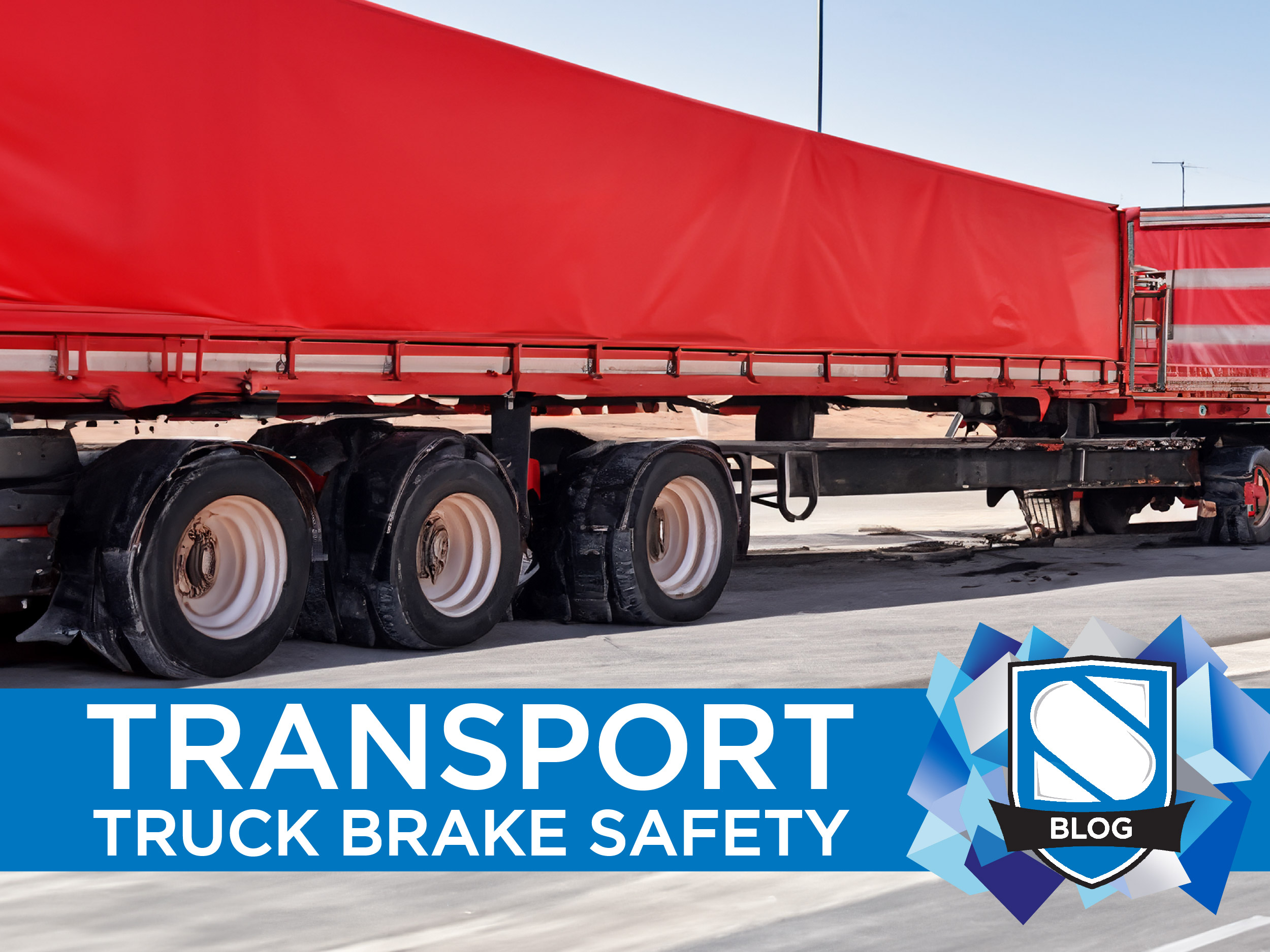
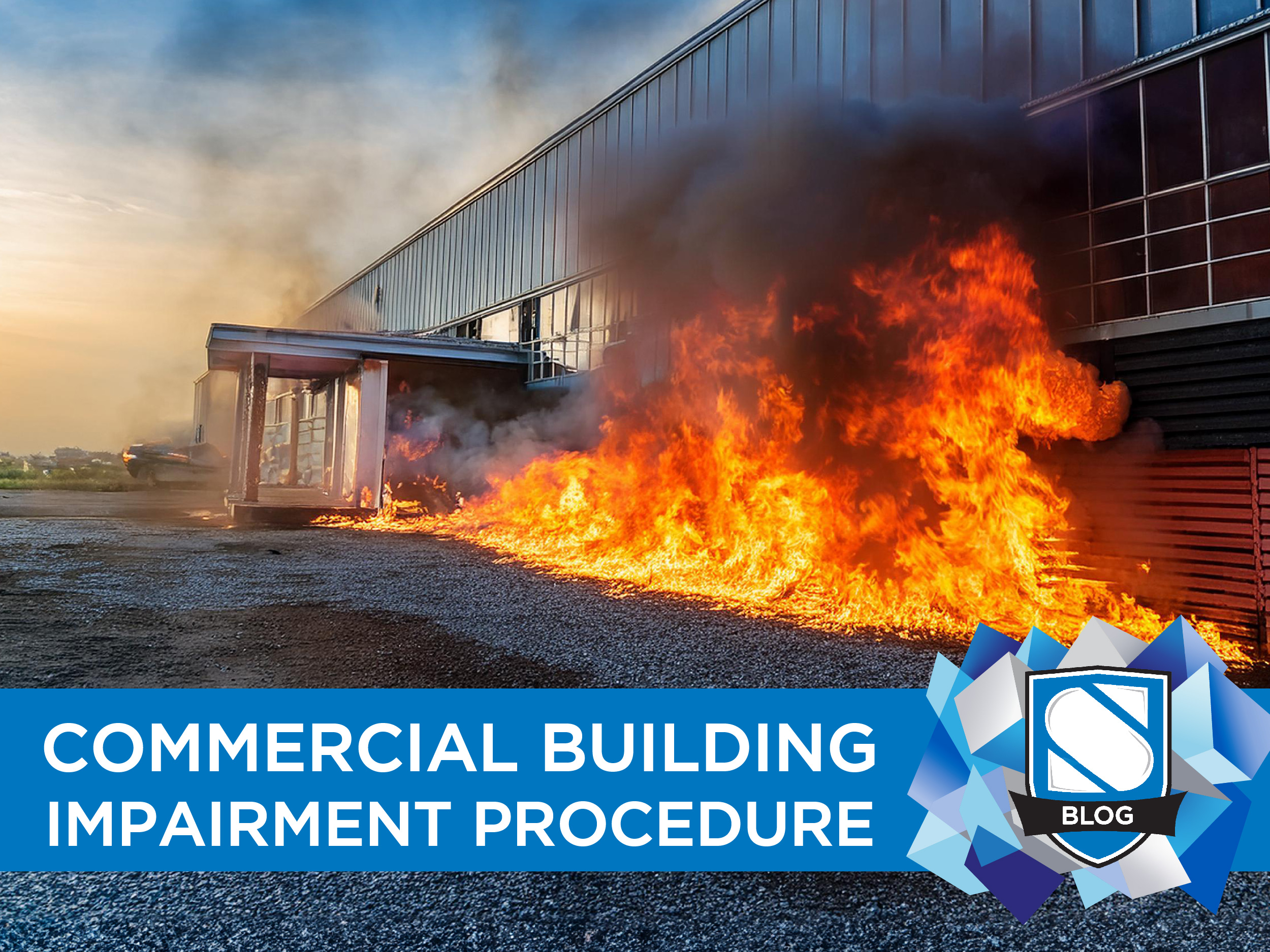
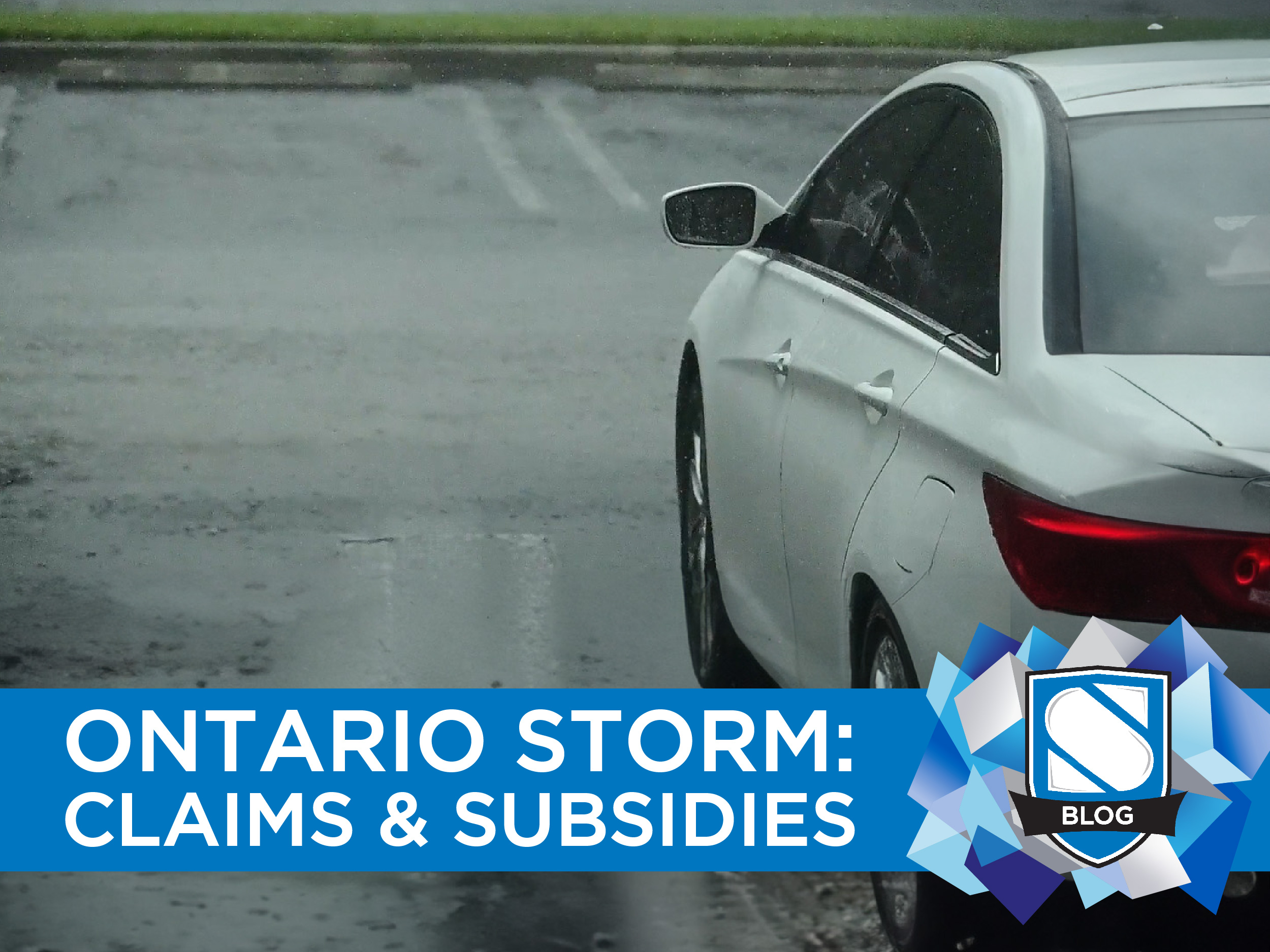
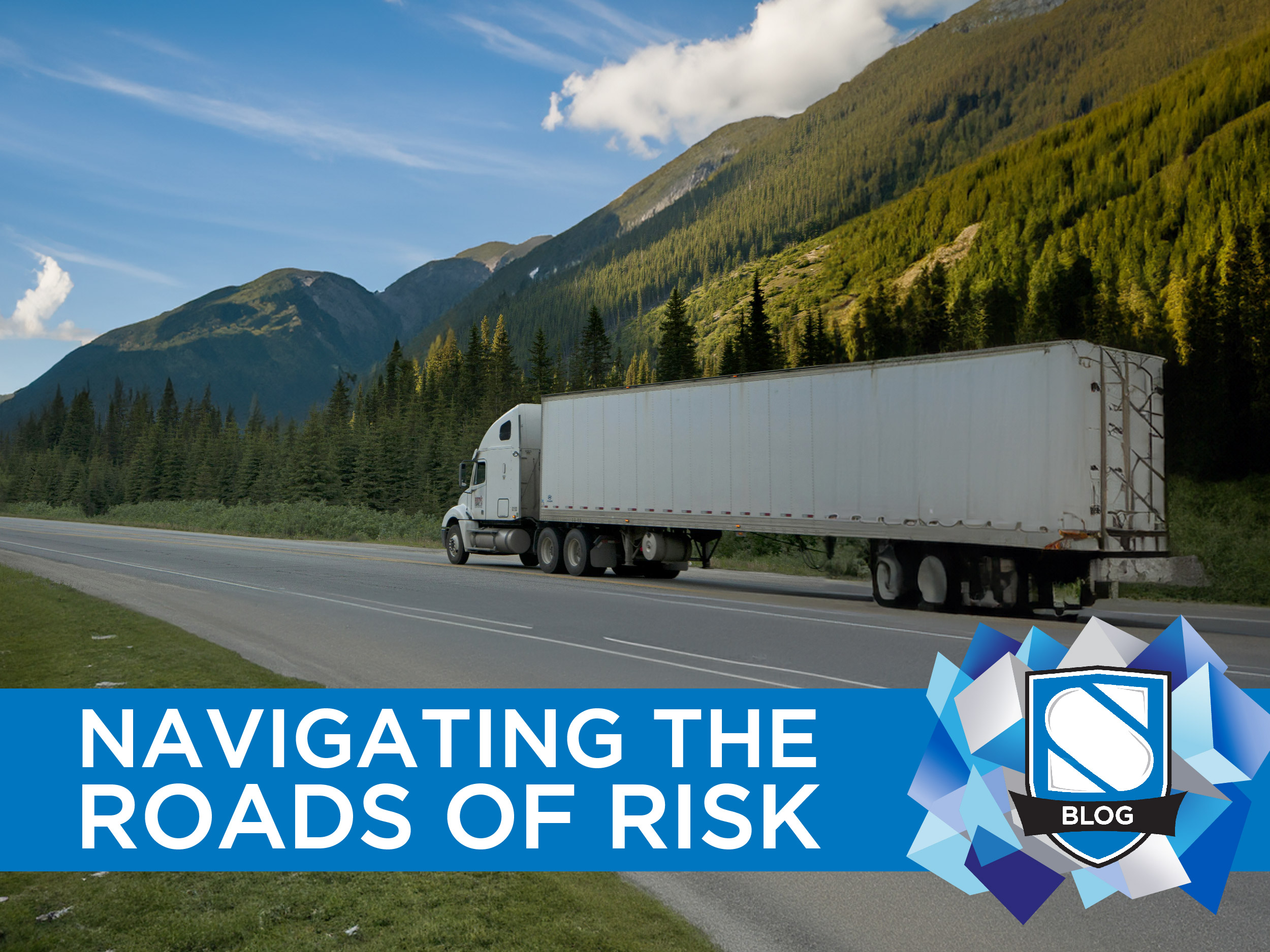
0 Comments